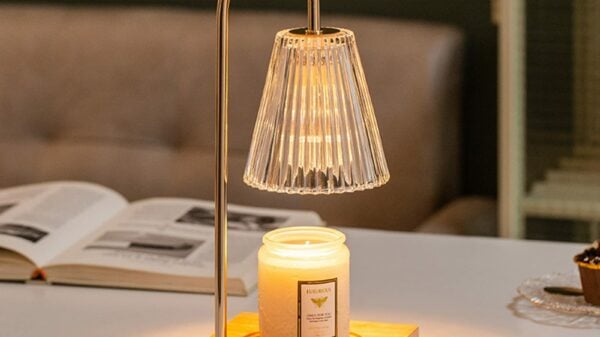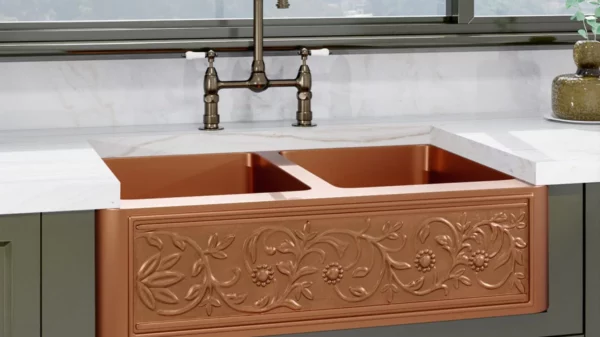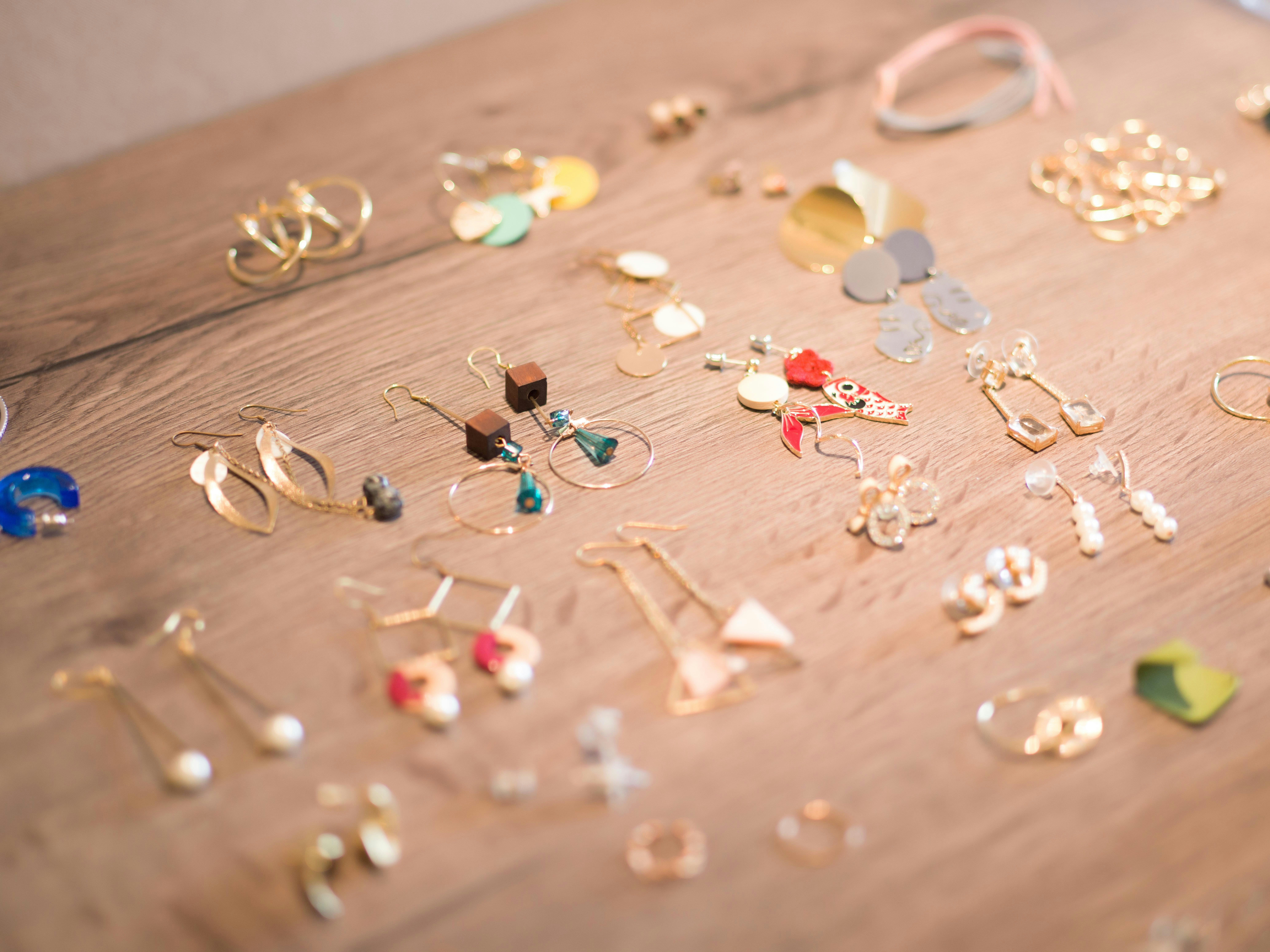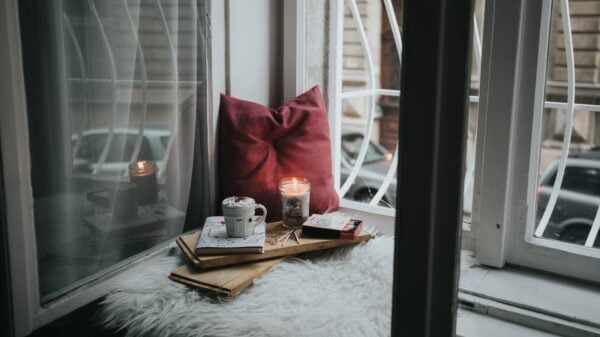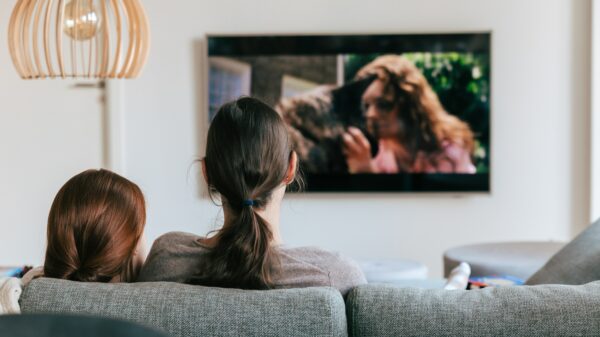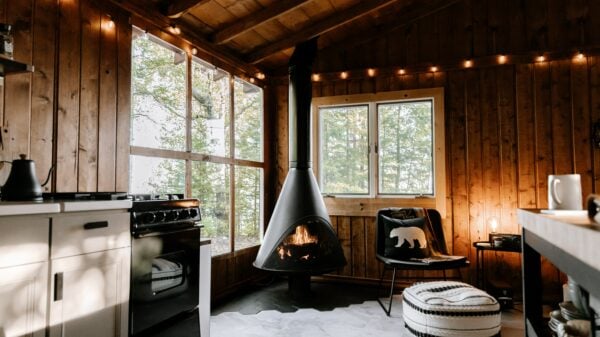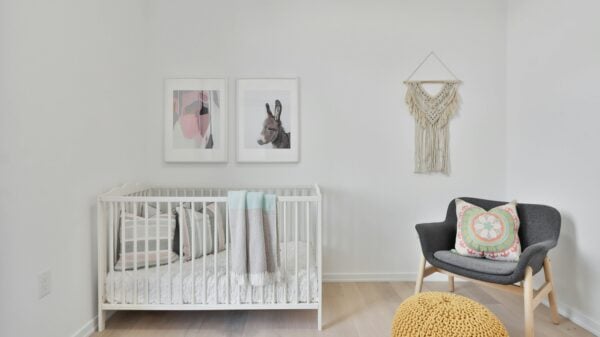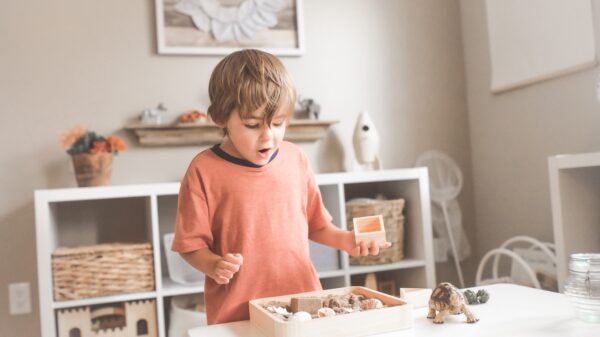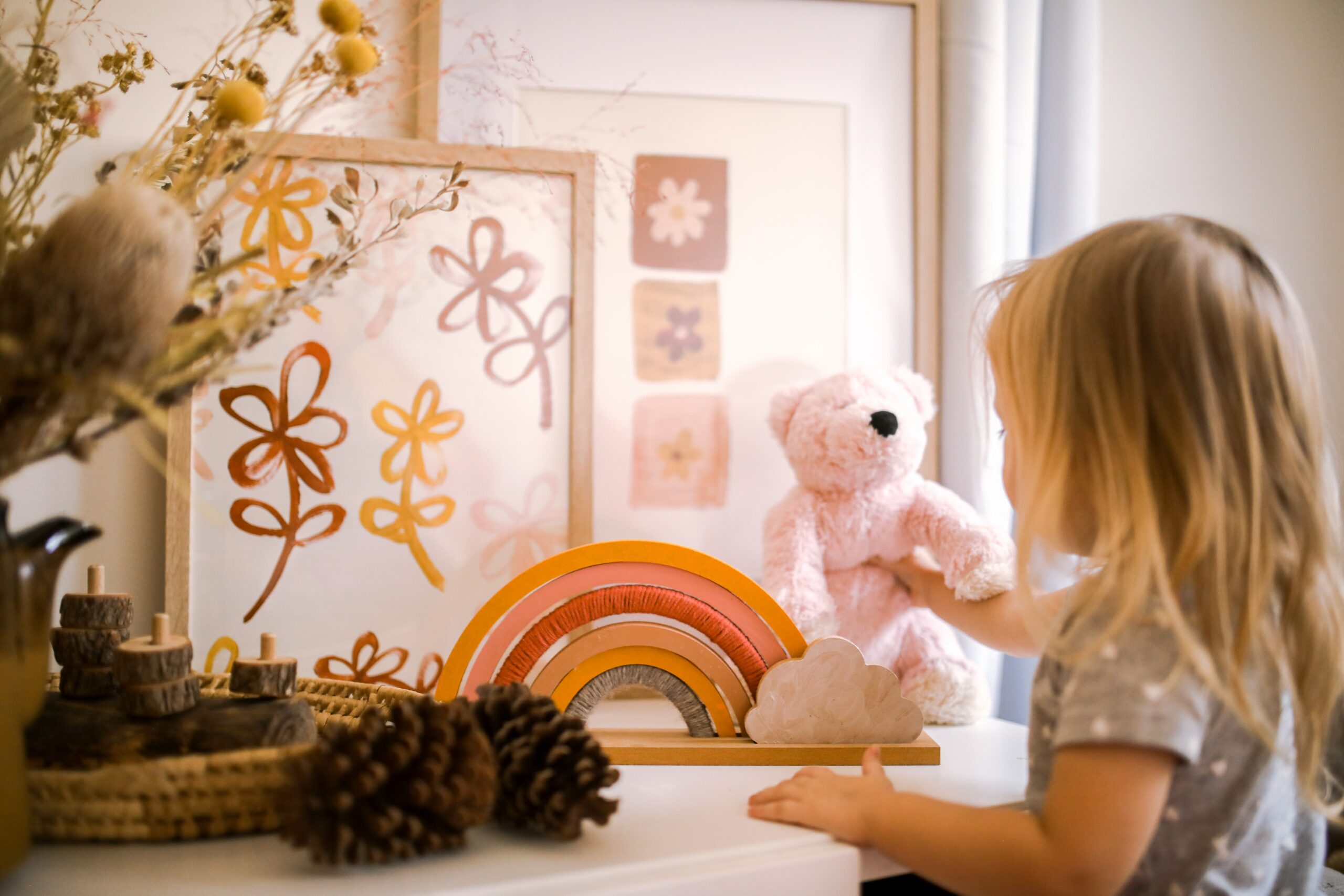Designing a child’s room that is both fun and functional can feel like a daunting task. Did you know that a well-designed kids’ space can foster creativity, imagination, and a love for learning? This blog post will guide you through simple ways to create magical rooms for your children – spaces where they love to sleep, play, dream big, and embark on countless adventures. Ready to transform your kid’s quarters into their favorite playground?
Creating Playful and Functional Spaces for Kids’ Rooms
Designing kids’ rooms that capture their spirit and hearts while incorporating bright and fun elements, as well as utilizing creative and functional furniture.
Capturing their spirit and hearts
Kids have big dreams. They love to play and pretend. Let their room tell the story of who they are. Use what they enjoy as a guide when you plan the room design. If your child loves dinosaurs, think about jungle wallpapers or dinosaur bed sheets.
For kids who dream of space travel, add some stars and planets to the walls. Think about what makes them happy and bring it into their space!
Incorporating bright and fun elements
To create a playful and fun atmosphere in your child’s room, incorporating bright and fun elements is essential. Use vibrant colors like yellow, blue, or pink on the walls or as accents to make the room lively and exciting.
Add colorful rugs, pillows, curtains, and bedding that reflect your child’s favorite colors or patterns. Hang artwork or posters featuring their beloved characters or animals to bring joy to the space.
Consider installing fun lighting fixtures like colorful pendant lights or string lights for a whimsical touch. Don’t be afraid to let your imagination run wild when it comes to adding these bright and fun elements – they will surely bring a smile to your child’s face!
Utilizing creative and functional furniture
In designing a playful and functional kids’ room, it’s important to utilize furniture that is both creative and practical. Choose pieces that can spark their imagination while also serving a purpose.
Look for furniture that has multiple functions, like beds with built-in storage or desks with hidden compartments. Consider incorporating fun elements into the furniture design, such as colorful patterns or themed shapes.
By combining creativity and functionality in the furniture choices, you can create a space where kids can play, learn, and dream big.
Tips for Designing the Perfect Kids’ Room
Design the perfect kids’ room by planning for sleepovers, creating designated areas for different activities, incorporating storage solutions, and encouraging creative expression.
Planning for sleepovers
When designing a kids’ room, it’s important to plan for sleepovers. Consider incorporating a trundle bed or bunk beds to maximize sleeping space. Make sure there are extra pillows and blankets easily accessible, along with a designated area for guests to store their belongings.
Adding cozy lighting options, such as fairy lights or reading lamps, can create a warm and inviting atmosphere. And don’t forget about privacy! Hang curtains or install room dividers to give each child their own space during sleepovers.
By planning ahead and creating a comfortable environment, you’ll ensure that your child’s sleepovers are both fun and restful experiences.
Making space for imagination and play
In kids’ rooms, it’s important to create a space where imagination and play can thrive. This means providing an environment that allows children to let their creativity run wild and engage in imaginative play.
One way to do this is by incorporating open areas where they can pretend to be anything from astronauts exploring outer space to princesses ruling over their own kingdom. Adding interactive toys and versatile storage solutions can also help encourage creative play while keeping the room organized.
By making space for imagination and play, you’re giving your child the freedom to dream big and have endless adventures right in their own bedroom.
Creating designated areas for different activities
When designing a kids’ room, it’s important to create designated areas for different activities. This helps keep the space organized and encourages children to engage in various types of play.
For example, you can set up a cozy reading nook with a comfy chair and bookshelf for quiet time. A play area with interactive toys and a soft rug allows for imaginative play. A study corner with a desk and shelves promotes learning and creativity.
By providing specific zones for different activities, you can maximize the functionality of the room while fostering your child’s development in various areas.
Adding ageless accents
To add ageless accents to your child’s room, consider incorporating timeless elements that can grow with them. Opt for neutral colors as a base and then personalize the space with their favorite colors and patterns.
Choose sleek and versatile furniture pieces that can adapt to different stages of their childhood. Add playful decorations like jungle-themed wall decals or spaceship-shaped shelves that inspire imagination and adventure.
By adding ageless accents, you can create a room that will remain functional and enjoyable for years to come.
Incorporating storage solutions
To keep your kids’ rooms organized and clutter-free, incorporating storage solutions is essential. You can opt for versatile furniture pieces with built-in storage compartments, like beds with drawers or ottomans with hidden space.
Additionally, you can use wall shelves or bookcases to display their favorite toys and books while keeping them within reach. Baskets, bins, and storage cubes are great for storing smaller items like art supplies or stuffed animals.
By having designated spots for everything, you’ll make it easier for your kids to tidy up after playtime and maintain a neat and functional space in their room.
Making the kids’ room sensory-friendly
To make your child’s room sensory-friendly, consider incorporating elements that stimulate their senses and promote calmness. Start by choosing soft and soothing colors for the walls and bedding.
Avoid bright or overwhelming patterns that may overstimulate them. Add cozy textures like plush rugs and pillows to create a comforting environment. Consider including a variety of lighting options, such as dimmable lights or string lights, to adjust the ambiance according to their needs.
Additionally, add sensory toys like fidget spinners or stress balls for tactile stimulation. By creating a sensory-friendly space, you’ll provide your child with a soothing and enjoyable environment in which they can relax and play freely.
Encouraging creative expression
Encouraging creative expression in kids’ rooms is essential for fostering their imagination and artistic abilities. By providing them with the right tools and environment, you can inspire them to explore their creativity.
Consider adding a dedicated art corner with easels, paints, crayons, and coloring books to encourage drawing and painting. Display their artwork proudly on the walls or create a gallery space where they can showcase their masterpieces.
Incorporating a reading nook with comfortable seating and a variety of books will also nurture their love for storytelling and help develop their language skills. Additionally, consider using removable wall decals or chalkboard paint so that they can express themselves freely without any limitations.









